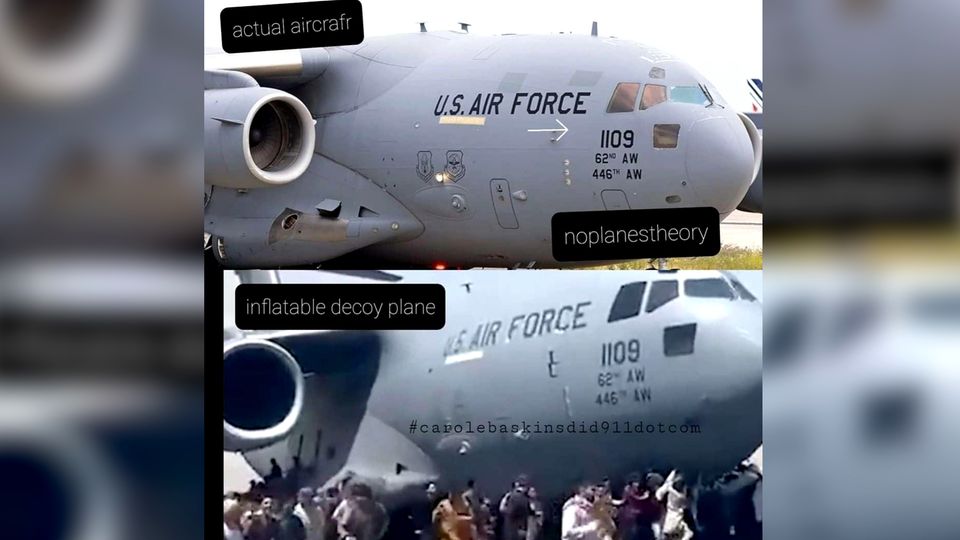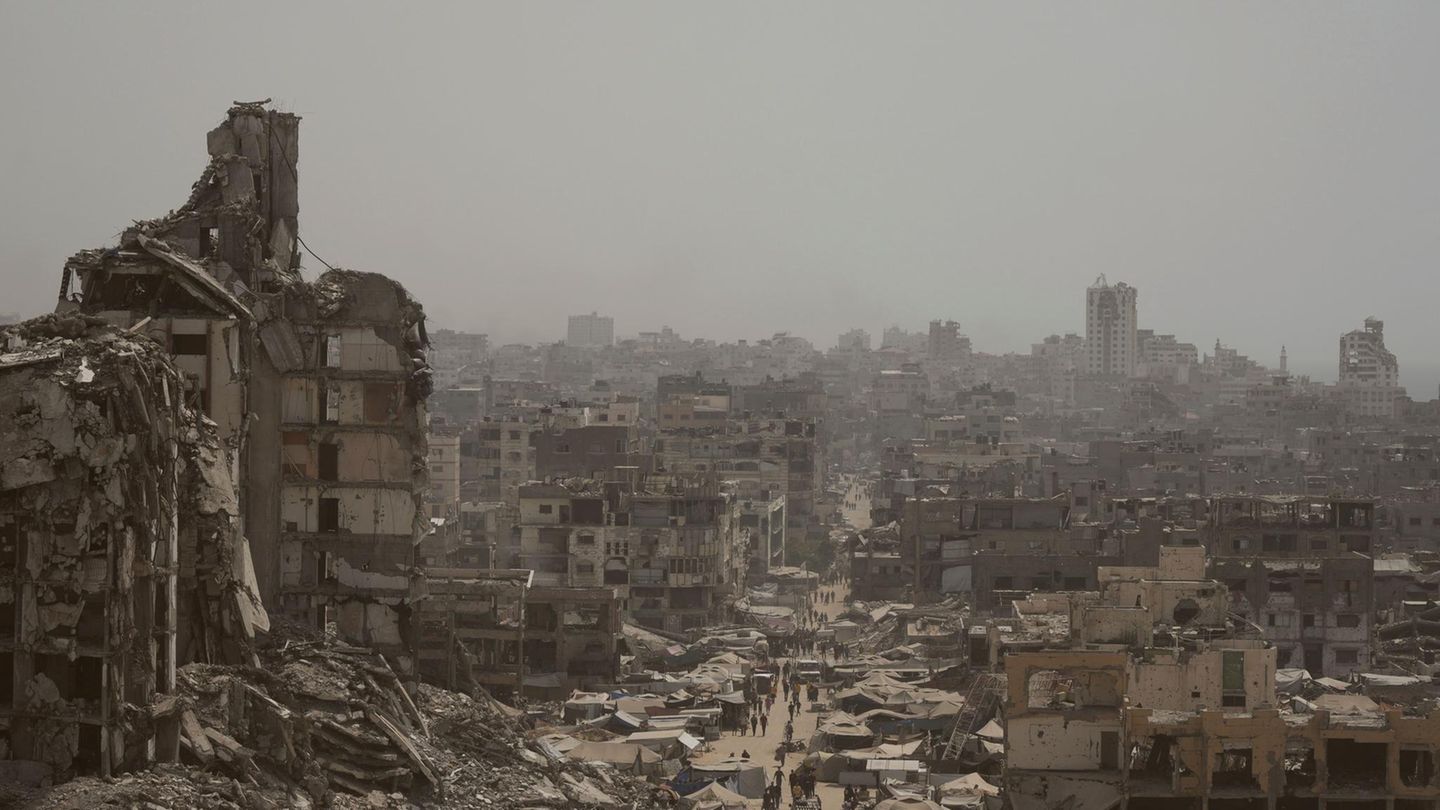Dangerous landings, chaos on the ground, exhausted passengers: for the crews, the evacuation flights from the airport in Kabul are a mission like none before. The pilots rely on on-board instruments and their experience.
In the midst of the chaos following the conquest of the Afghan capital by the radical Islamic Taliban, flight operations must be precisely organized. But the location of the airport, at a great height and surrounded by mountain ranges, is a challenge even for experienced pilots.
In addition, since the Taliban came to power, the sky over Kabul has been full of military aircraft. The pilots of the evacuation flights only have their on-board instruments to prevent collisions.
The US troops, with 5,800 soldiers on site at Kabul airport, “coordinate the entire air surveillance, ground and approach control,” says Stephen, captain of a French A400M military transport aircraft. “Such an aircraft has many instruments that support you, but when landing we have to fly on sight,” he told AFP at the French military base 104 near Al-Dhafra in the United Arab Emirates. The French use the military base as a transport hub in the region.
“The fact that the systems help us so much allows us to keep an eye on the outside area and assess the dangerous situation,” Stephen said. In order to ward off possible rocket fire, the A400M can emit projectiles, which emit intense heat and can thus deflect approaching rockets. When landing, the pilots also let the aircraft drop down steeply “in order to avoid the threat on approach”.
Take-offs and landings are “regulated like a score,” Stephen reported. There is “so much air traffic from all over the world that it would not be possible without an organization”. The pilots have to adhere exactly to the prescribed time window – exactly half an hour between landing and take-off. Although there are many planes on the tarmac, the situation is “well organized,” said Stephen.
“The Last Commercial Flight”
When Kabul fell to the Taliban on August 15, thousands of people fled to the airport in panic. But when he landed his passenger plane in Kabul that morning, everything seemed to be normal, said Maqsoud Barajni, a pilot with the Pakistani airline PIA.
However, as he waited on the tarmac for permission to take off for the return flight, he noticed panic spreading at the airport. “The situation wasn’t normal,” he recalled. “More and more people crowded into the airport and shots could be heard.”
Then he made what was probably the most important decision of his piloting career: “After looking at the situation for an hour, I just started,” he said. The view was clear, this was the only way Barajni was able to avoid a collision with the military aircraft. “If we had made up our minds just a few minutes later, we wouldn’t have come out,” he said. “It was the last commercial flight that day.”

His PIA colleague Uzair Khan also started in Kabul on the same day. He had to reassure his passengers, including many cabinet members of the deposed Afghan government with their families. “They fled the country with their families and urged us to start as soon as possible,” said Khan. The tension only subsided when the plane landed in Islamabad.
At the start 235 instead of 110 passengers
In the days that followed, the situation in Kabul became increasingly confusing. Photographs of a British transport plane showed people huddled together on the floor of the plane. For the French Colonel Yannick Desbois, commander of military base 104, it is important to keep a cool head in such situations. “You have to analyze the performance of the aircraft and then only take as many people with you as the aircraft can carry,” he said.
A French A400M has seats for 110 passengers, but up to 235 people were taken on board during the evacuation flights. “It’s a matter of weight,” said Desbois. The passenger numbers are high, but there are also many light children. After the start, the job of the pilots and soldiers on board will be easier. “The people are tired, the pressure falls on them,” said Desbois. “Most of the time they fall asleep and we can do our job”.
David William is a talented author who has made a name for himself in the world of writing. He is a professional author who writes on a wide range of topics, from general interest to opinion news. David is currently working as a writer at 24 hours worlds where he brings his unique perspective and in-depth research to his articles, making them both informative and engaging.




